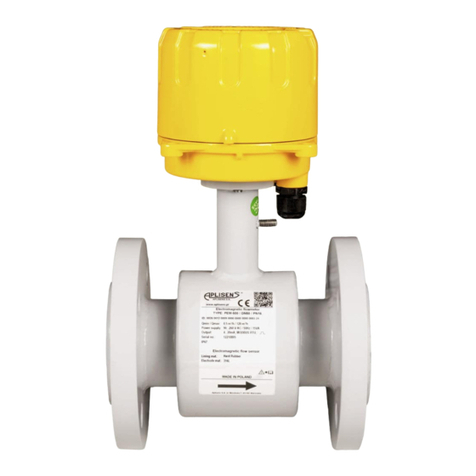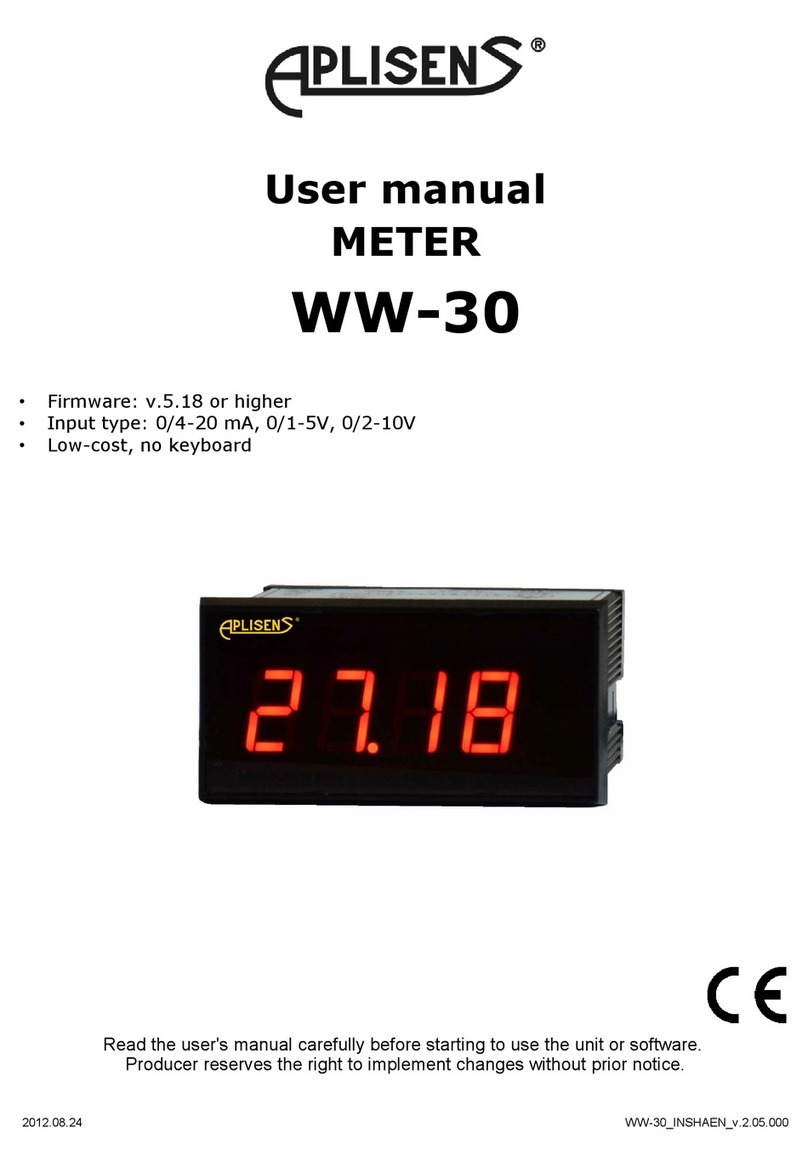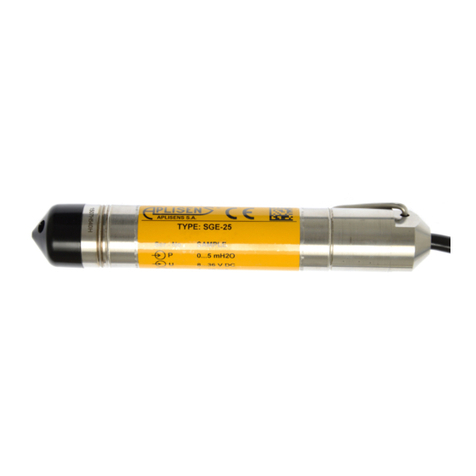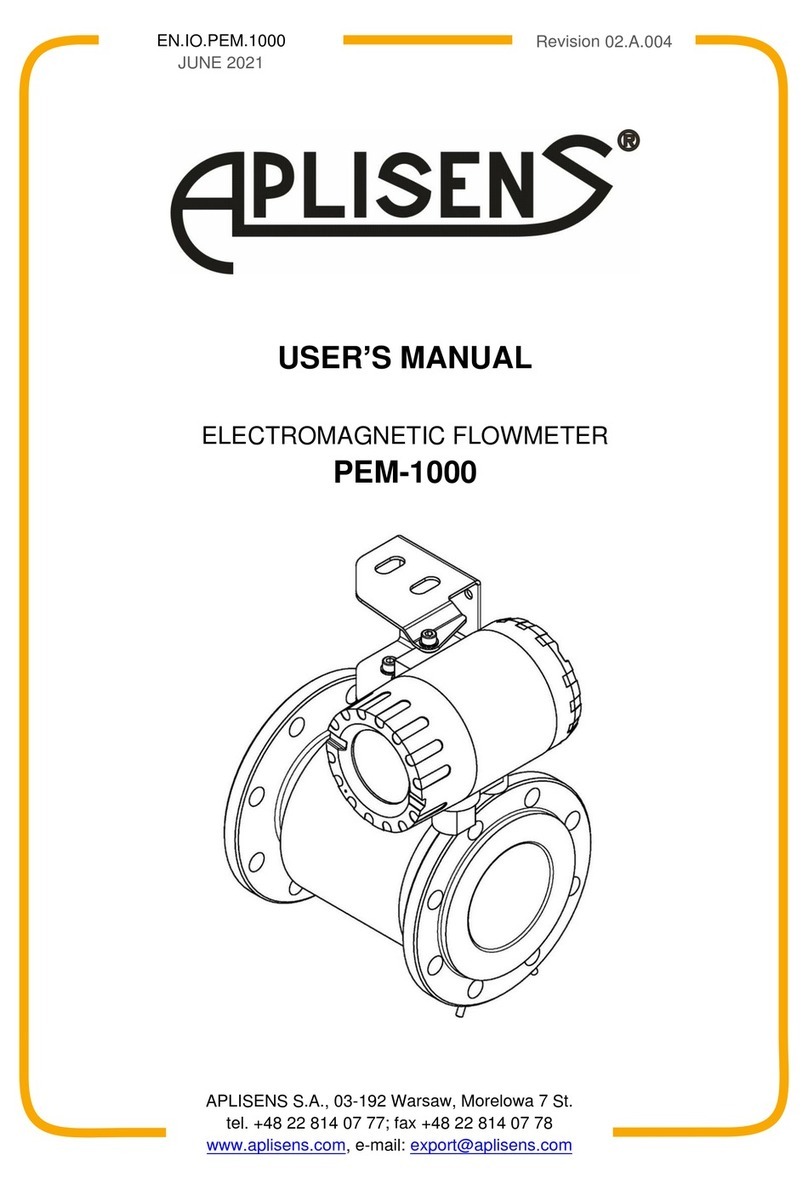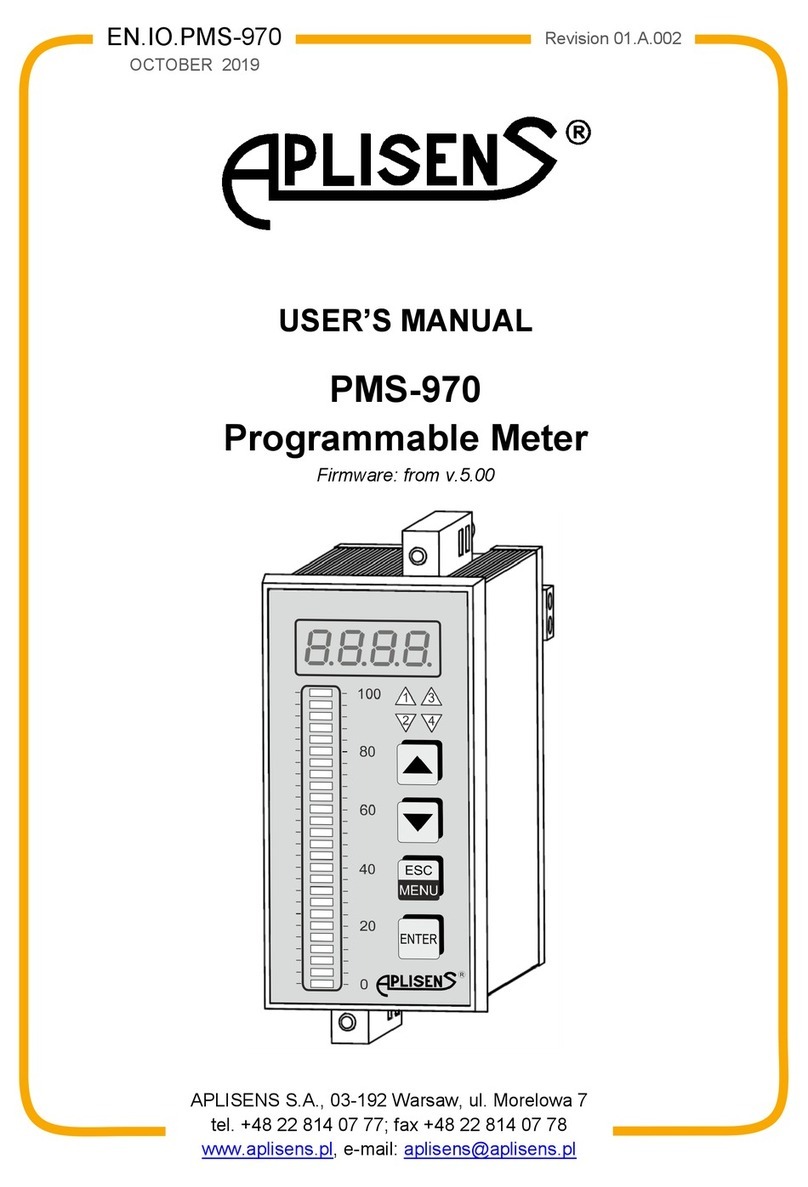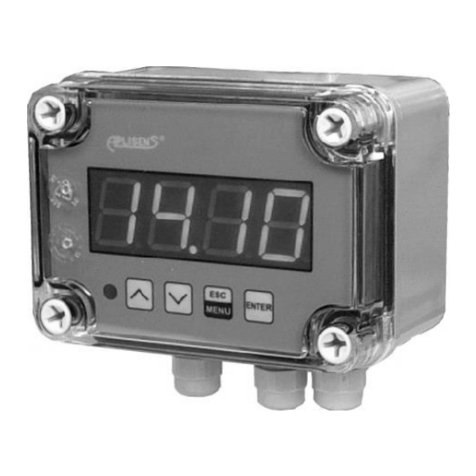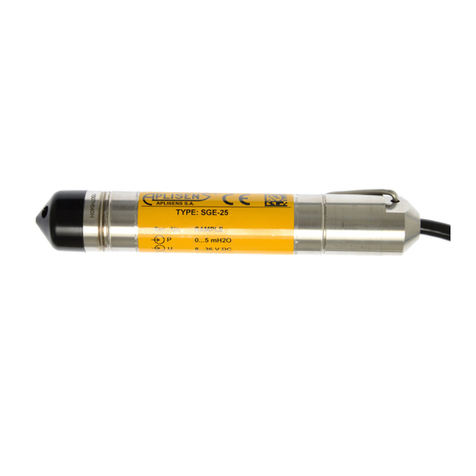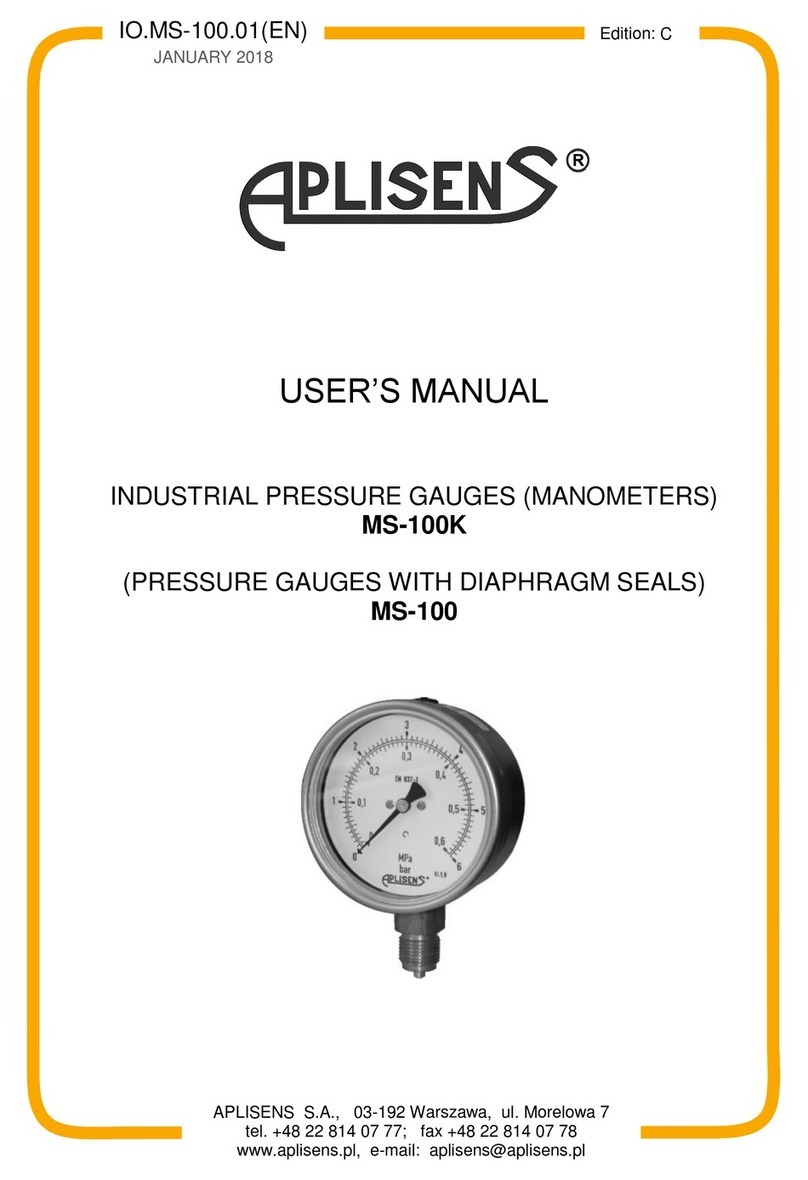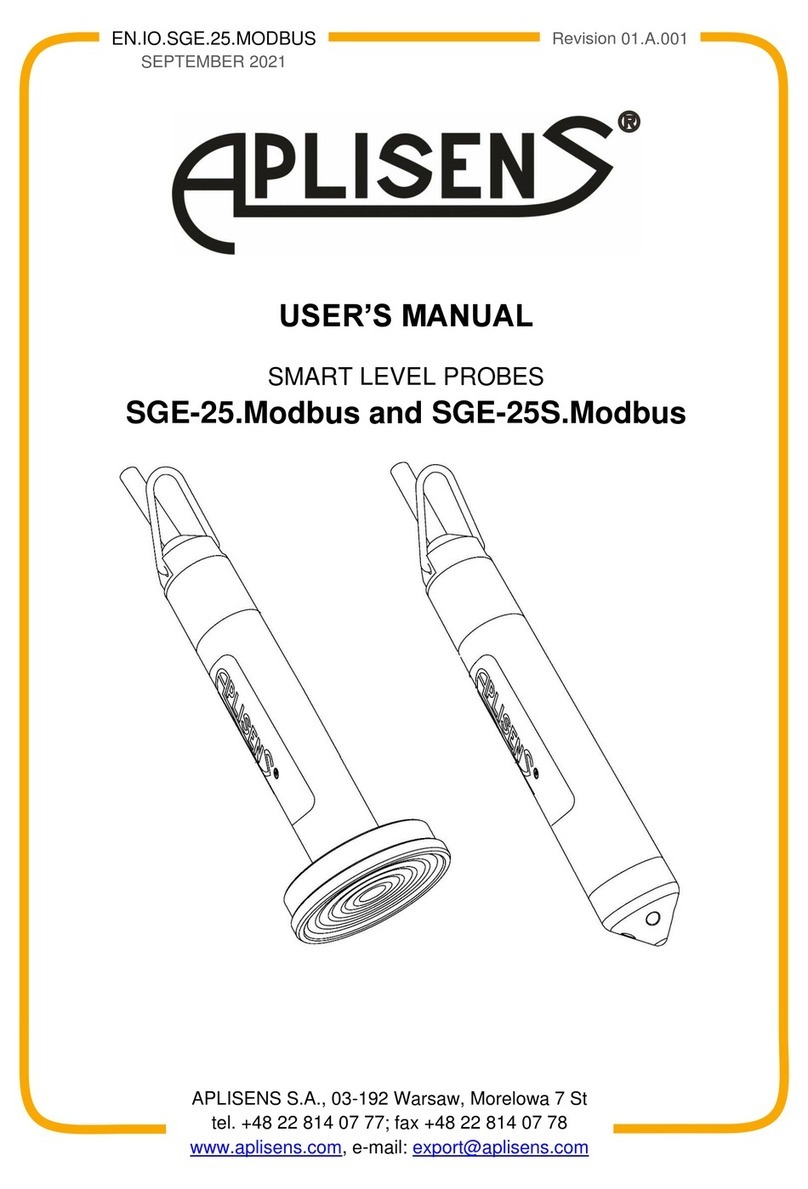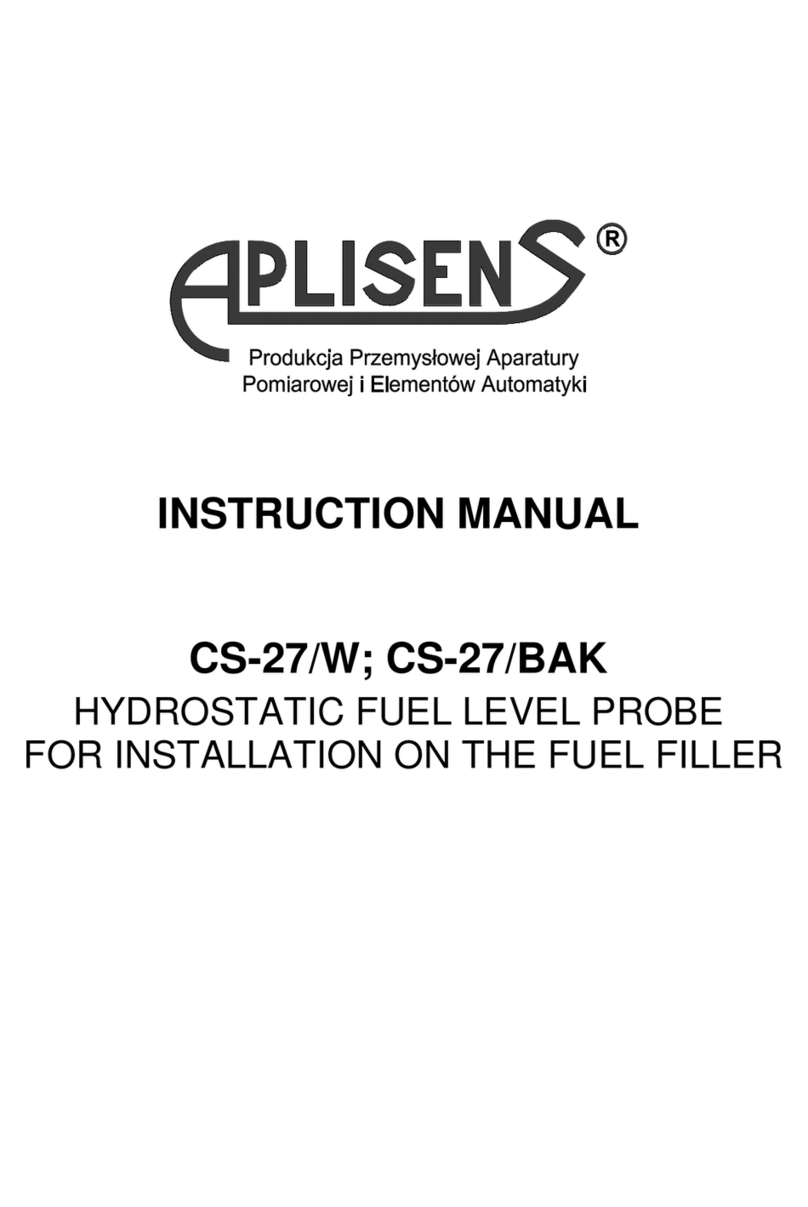Revision 02.A.001/2022.12 5
8.3.3.2. Request message (Example 2) .............................................................................24
8.3.3.3. Received data based on example 2, assigned to the relevant registers.................25
8.3.4. Data from registers readable using function 03 ............................................................25
8.3.4.1. Register 1, user value, % control of the set range.................................................25
8.3.4.2. Register 3, pressure of sensor 1 ...........................................................................25
8.3.4.3. Register 5, pressure of sensor 2 ...........................................................................26
8.3.4.4. Register 7, temperature of sensor 1......................................................................26
8.3.4.5. Register 9, CPU temperature................................................................................26
8.3.4.6. Register 11, temperature of sensor 2....................................................................26
8.3.4.7. Register 13, standby .............................................................................................26
8.3.4.8. Register 15, standby .............................................................................................26
8.3.4.9. Register 17, user value .........................................................................................26
8.3.4.10. Register 18, pressure of sensor 1 –binary format, integer and sign......................26
8.3.4.11. Register 19, pressure of sensor 2..........................................................................27
8.3.4.12. Register 20, temperature of sensor 2 –binary format, integer and sign.................27
8.3.4.13. Register 21, CPU temperature –binary format, integer and sign...........................27
8.3.4.14. Register 22, temperature of sensor 2....................................................................27
8.3.4.15. Register 23, pressure unit .....................................................................................27
8.3.4.16. Register 24, standby .............................................................................................27
8.3.4.17. Register 25, standby .............................................................................................28
8.3.4.18. Register 27, standby .............................................................................................28
8.3.4.19. Register 29, standby .............................................................................................28
8.3.4.20. Register 31, response dalay value ........................................................................28
8.3.4.21. Register 32, Modbus address................................................................................28
8.3.4.22. Register 33, identity register..................................................................................28
8.3.4.23. Register 36, status register....................................................................................28
8.4. Configuration mode .............................................................................................................29
8.4.1. “Modbus Configurator” software. Serial port configuration, Modbus network scanning,
single transmitter search............................................................................................................29
8.4.2. Device identification data..............................................................................................32
8.4.3. Reading the transmitter’s limit values process variables...............................................33
8.4.4. Reading alphanumeric identification data.....................................................................33
8.4.5. Damping and transfer function .....................................................................................34
8.4.6. Modbus mode ..............................................................................................................34
8.4.7. Restore default settings................................................................................................34
8.4.8. Write lock.....................................................................................................................35
8.4.9. Additional operation......................................................................................................35
8.4.10. Calbrations...................................................................................................................35
8.4.10.1. Level calibration....................................................................................................35
8.4.10.2. Calibrating the analogue output.............................................................................36
8.4.10.3. Setting the fixed current mode...............................................................................36
8.4.10.4. Configuration write................................................................................................36
8.5. Current loop 4-20 mA operation...........................................................................................36
8.5.1. Alarm signal levels .......................................................................................................37
8.6. Modbus mode......................................................................................................................37
9. MAINTENANCE..............................................................................................................38
9.1. Periodic inspections.............................................................................................................38
9.1.1. External overview.........................................................................................................38
9.1.2. „Zero” check.................................................................................................................38
9.2. Non periodic inspections......................................................................................................38
9.3. Cleaning/Washing................................................................................................................38
9.4. Diaphragm cleaning.............................................................................................................38
9.5. Spare parts..........................................................................................................................38
9.6. Repair..................................................................................................................................38
9.7. Return..................................................................................................................................38
